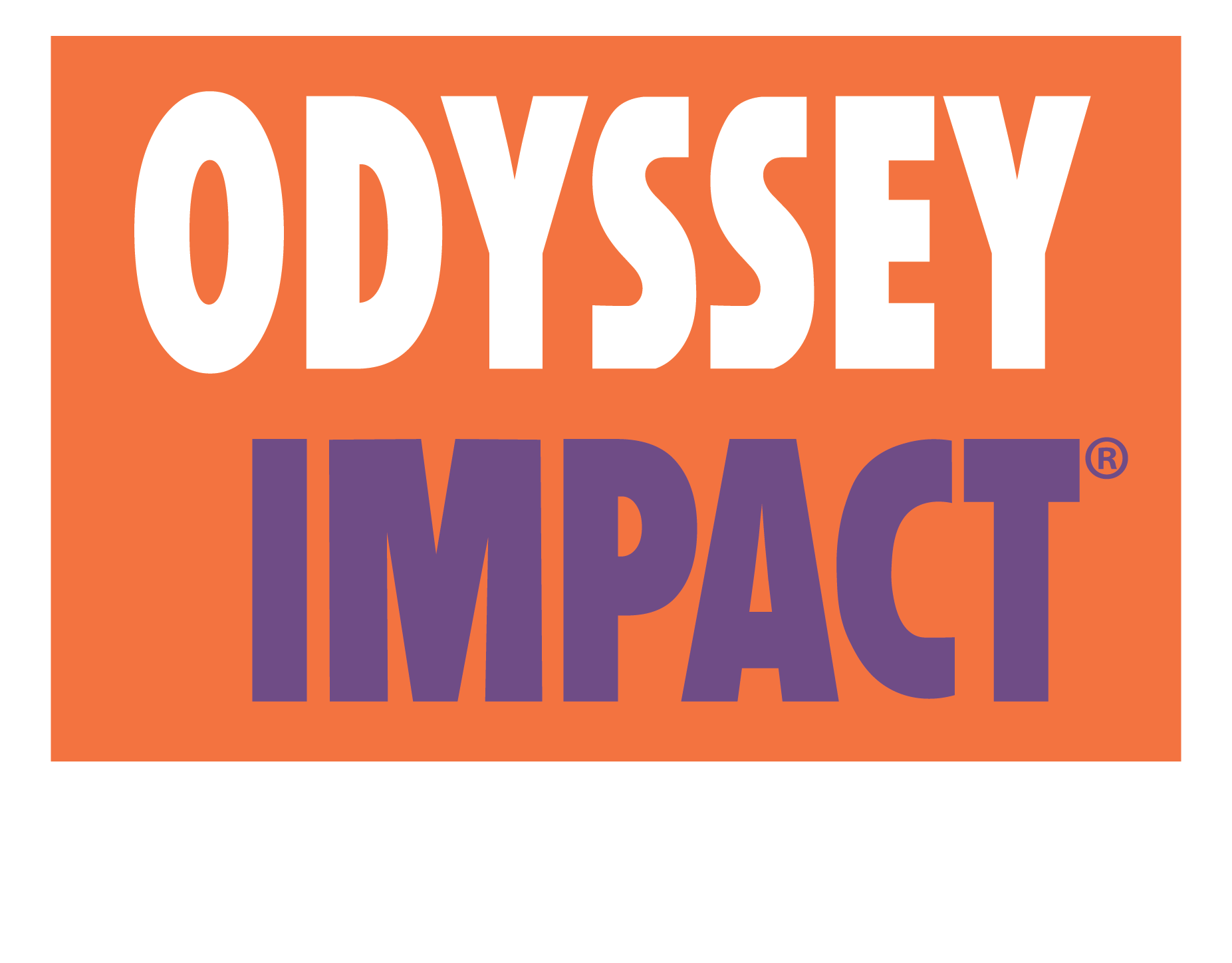
of Events Impacting
the Karuk Tribe


Citation: Creative Commons BY-NC-SA, Author Jill Beckman, Karuk Department of Natural Resources.Decentring watersheds and decolonising watershed governance: Towards an ecocultural politics of scale in the Klamath Basin - Scientific Figure on ResearchGate. Available from https://www.researchgate.net/figure/Karuk-Tribe-Aboriginal-Territory_fig1_331502452



Citation: Creative Commons BY-SA 4.0 DEED, Author Shruti Mukhtyar, K Projection - NAD83/California Albers Sources - Natural Earth, California Department of Parks & Recreation, Available from https://commons.wikimedia.org/wiki/File:SpanishMissionsinCA.png.


Citation: Mexican War of Independence. (2023, November 19). Available from https://en.wikipedia.org/wiki/Mexican_War_of_Independence


Citation: Libro Juarez el Republicano, Secretaria de Educacion Publica (Mexico) Material Educativo Gratuito. Available from https://commons.wikimedia.org/wiki/File:Constitucion_1824.PNG


Citation: From family papers, first published in Maurice Sullivan, The travels of Jedediah Smith, Santa Ana, California. The Fine Arts Press, 1934. Available from https://commons.wikimedia.org/wiki/File:Jedediah_Smith.jpg




Citation: Photographer L. C. McClure. Brinkley, Douglas: History of the United States. Viking Penguin. New York, 1998. Page 151. Available from https://commons.wikimedia.org/wiki/File:Gullgraver_1850_California.jpg
California Gold Rush Map
Citation: Creative Commons BY-SA 4.0, Author Hans van der Maarel. FixWikiMaps Project. Available from https://commons.wikimedia.org/wiki/File:CaliforniaGoldRush.png

The 1850 Act for the Government and Protection of Indians passed by the California legislature made it legal to enslave Indigenous people of all ages and included convict leasing.

Citation: State of California. Available from https://commons.wikimedia.org/wiki/File:Great_Seal_of_California.svg



Citation: Photographer Ellin Beltz. Available from https://commons.wikimedia.org/wiki/File:Indian_Island_Tolowot_California.jpg
Protecting The Settlers" Illustration by JR Browne for his work "The Indians Of California" 1864. Portraying a massacre by militia men of an Indian camp.
Citation: Author John Ross Browne. Crusoe's Island: A Ramble in the Footsteps of Alexander Selkirk, with sketches of adventure in California and Washoe. Available from https://commons.wikimedia.org/wiki/File:%22Protecting_The_Settlers%22_Illustration_by_JR_Browne_for_his_work_%22The_Indians_Of_California%22_1864.jpg

(Karuk Tribal Government Fact Sheet, 2020).



Citation: Maps section of: EIGHTEENTH ANNUAL REPORT OF THE BUREAU OF AMERICAN ETHNOLOGY TO THE SECRETARY OF THE SMITHSONIAN INSTITUTION 1896-97 BY J. W. POWELL DIRECTOR. Available from https://commons.wikimedia.org/wiki/File:1896_California_Map_Smithsonian_Institute_Report.png


Citation: Source Unknown. Available from http://www.bsahighadventure.org/indian_lore/battle_mountain_marker.jpg









Citation: Library of Congress. Available from https://commons.wikimedia.org/wiki/File:Indian_Land_for_Sale.jpg


Citation: Library of Congress. Ghost Dance of the Sioux Indians in North America, 1891. Available from https://www.loc.gov/item/2006681363/.

Congress also passed the Forest Reserve Act.

Citation: Library of Congress. United States General Land Office. Rules and regulations governing forest reserves established under section 24 of the act of March 3,26 Stats., 1095. Washington, Govt. print. off, 1897. Pdf. https://www.loc.gov/item/09015324/.




Citation: National Archives. Department of the Interior. Office of Indian Affairs. Round Valley Agency. 1865-1924. Available from https://catalog.archives.gov/id/296220.

President Theodore Roosevelt set aside the Klamath Forest Reserve, claimed 1.04 million acres of Karuk Aboriginal Territory as public land, and declared part of it as "Klamath National Forest." Fire suppression, including cultural management practices, also began for most of the region.
The Reclamation Act resulted in the building of dams on the Klamath River.

Citation: Photographer Jeff Killingsworth for the United States Forest Service. Available from https://commons.wikimedia.org/wiki/File:Little_Elk_Lake2.jpg.





Citation: U.S. government, National Park Service. Available from https://commons.wikimedia.org/wiki/File:Logo_of_the_United_States_National_Park_Service.svg.
Ten stamps issued by the U.S. Post Office in 1934 in commemoration of the reorganization and expansion of the National Park Service.
Citation: Author Chris Light’s personal stamp collection. United States Postal Service. Available from https://commons.wikimedia.org/wiki/File:USPS_National_Park_Service_1934.jpg.




Citation: Library of Congress Prints and Photographs Division Washington, D.C. 20540 USA http://hdl.loc.gov/loc.pnp/pp.print


Citation: Library of Congress' Prints and Photographs division under the digital ID cph.3c11409.

Citation: U.S. Government. Available from https://commons.wikimedia.org/wiki/File:Logo_of_the_United_States_Bureau_of_Land_Management.svg








Citation: U.S. Government. Available from https://commons.wikimedia.org/wiki/File:Sept_04_wilderness.jpg.



Citation: Library of Congress. Available from https://tile.loc.gov/storage-services/service/ll/usrep/usrep412/usrep412481/usrep412481.pdf.

This year also brought light to the ongoing "Salmon War." By this time, the State of California banned sports and Indian fishing on the Klamath River, and the U.S. government put a moratorium on per capita payments from timber.

However, the Forest Service proceeded with a plan that included “ameliorative measures.” The Forest Service argued that the road would be remote from the mediation sites. The tribes sued, but ultimately, the Supreme Court concluded that the First Amendment was not violated. The Free Exercise Clause protects against government compulsion, but does not mean the government must satisfy every citizen’s religious preferences on government land.


Citation: William J. Clinton Presidential Library. Produced by the White House Television (WHTV) crew. Available from https://www.youtube.com/watch?v=4YtyUXnBhXU.




Citation: National Archives. Available from https://en.wikipedia.org/wiki/File:46_Dick_Cheney_3x4.jpg.
Tens of thousands of salmon were killed on the Klamath in 2002 when water deliveries to farmers resulted in deadly low flows downriver.
Citation: Source Unknown. Available from http://www.klamathbasin.info/fishkill_stream.jpg.



Citation: Regional Ecosystem Office: Interagency Restoration Database http://www.reo.gov/restoration/images/180102.jpg.



Citation: Library of Congress. Available from https://www.govinfo.gov/content/pkg/BILLS-117s4439enr/pdf/BILLS-117s4439enr.pdf.

Odyssey Impact®
Dr. Cutcha Risling Baldy,
Department Chair of Native American Studies at Cal Poly Humboldt




